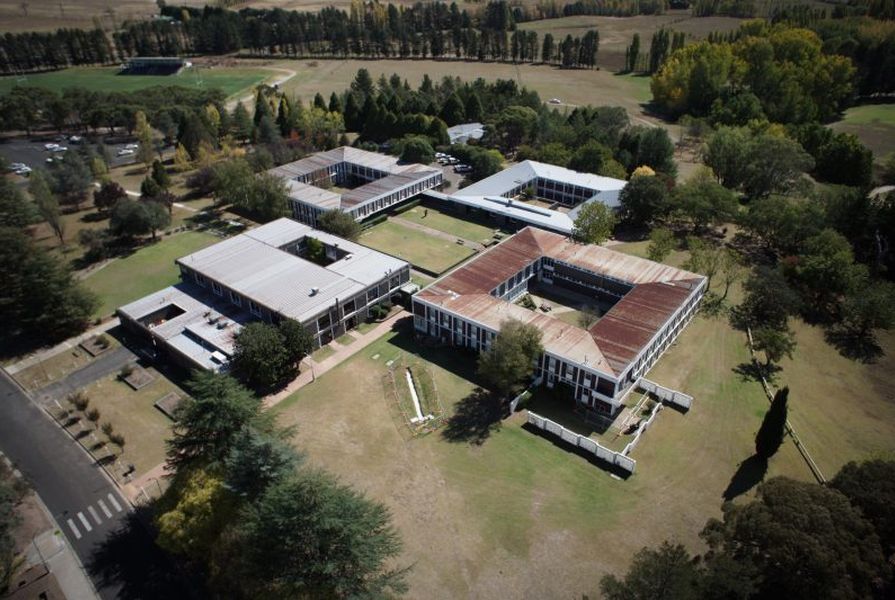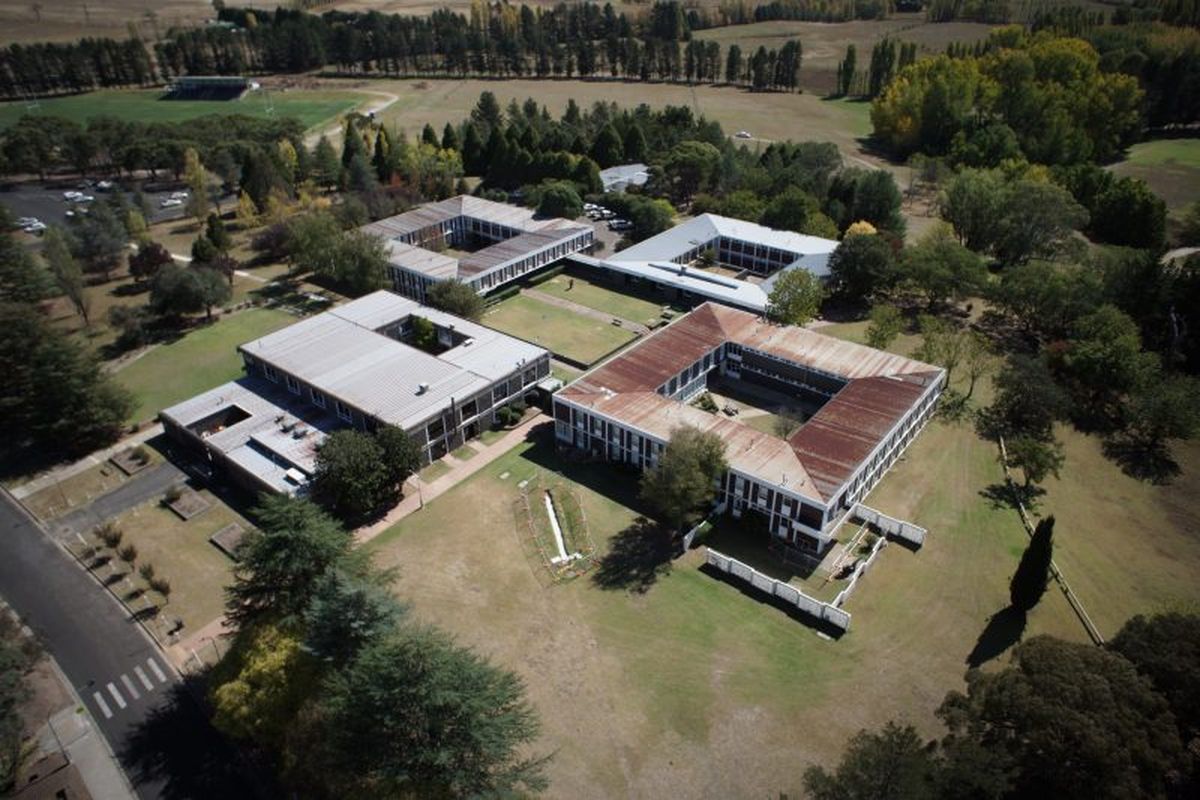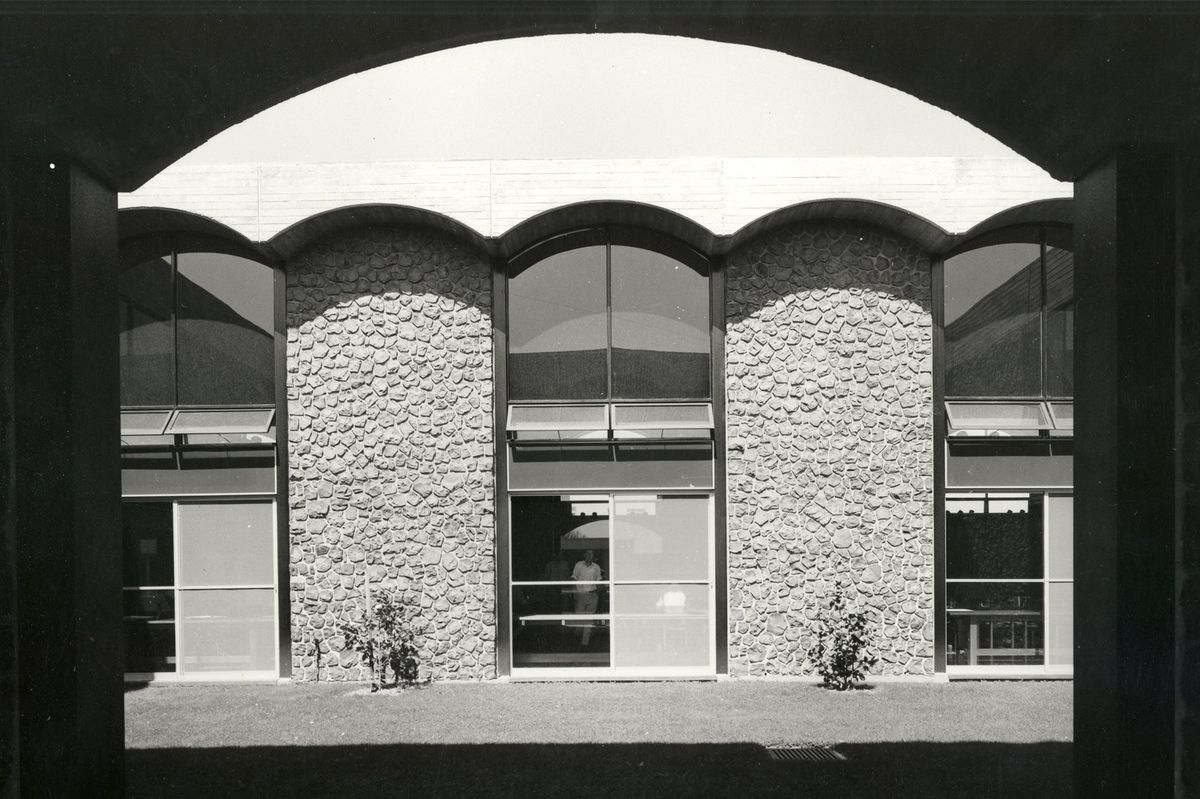The University of New England’s (UNE) plans to redevelop Robb College have been met with strong criticism, especially from those interested in architectural heritage. Some of these objections are based on incorrect assumptions.
UNE is embarking on the college redevelopment on the principle that good design is timeless, but materials — especially the cheap materials of 1960s public projects — are not.
The limitations of Robb’s construction materials, coupled with decades of expanding regulation governing student accommodation, make the redevelopment of Robb the only viable option for the University.
UNE has now spent more than a decade assessing and re-assessing the college’s future, working to find a balance between future economics and past heritage.
It has decided to go ahead with a redevelopment based on several factors:
Cost
It has been widely reported that the cost of refurbishing Robb College is about $7 million, and the cost of rebuilding is about $21 million. That implies that refurbishment is about a third of the cost of a rebuild, which poses obvious questions around the rationale for rebuilding.
Both these figures, for refurbishment and rebuilding, fall far short of the estimates held by UNE. For instance, the $7 million refurbishment figure comes from decade-old estimates for only a partial refurbishment, not the full building upgrade that is necessary.
UNE can’t reveal its own costings, as these would compromise future tendering for works on the college. However, they indicate that the cost of refurbishment is roughly 73 percentof the cost of a full rebuild.
Practicality
Robb College contains mid-20th Century materials and designs that are no longer deemed safe or appropriate. The list of non-compliant elements is long, and includes:
- hazardous materials like asbestos and lead-based paints;
- materials that are beyond their serviceable life, like the timber cladding;
- many design elements that are not compliant with modern fire safety regulations, including distance to exits, the sprinkler system, stairwells and bathrooms;
- general unsuitability for the expectations of today’s students. Rooms are too small to accommodate a king-single bed, and would need rewiring for the digital age. Robb’s shared bathrooms are also becoming uncommon in today’s student accommodation;
- altering room sizes, bathrooms, entry and egress points would require substantial remodelling of the accommodation blocks, because internal walls are load-bearing.
Heritage
UNE fully acknowledges the heritage value of Robb College, and is planning to honour that heritage in a number of ways:
- The college Dining Hall, photographs of which often feature in critique of UNE’s redevelopment plans, is being retained. Intrusive refurbishment works made to the original building will be stripped away to allow the Dining Hall to stand in its original design.
- The original pinwheel arrangement of the Residential Courts will be retained by designing the new accommodation to generally match the footprint of the original design.
- The design of the new accommodation buildings will be, as far as is practical, complementary and sympathetic to the Dining Hall and original design of the Residential Courts;
- The East Court building, which was included in the original design but not constructed, will be catered for in the new design, with the intention to construct the building if future demand supports it.
- The original two-storey building height will be maintained.
- Basalt stones used in the original college will be recycled in the new accommodation buildings.
UNE’s residential system has been one of the special features of the University for most of its 80 years of existence. In the past decade, however, the nature of education has changed dramatically. Almost any degree is available online, eliminating the necessity for students to visit a university campus to obtain an education.
UNE is committed to its residential system, but it has to make its accommodation attractive to new generations with different expectations about residential life, and it has to provide accommodation in the most cost-effective manner.
These criteria are difficult or impossible to meet with a cheaply-built mid-20th Century structure as the University works on its sustainability through the mid-21st Century.
Robb College’s design is intrinsically valuable, and the residential complex carries generations of memories associated with life there.
UNE is committed to preserving as much of what is good about Robb College as is feasible, while redeveloping the complex to serve new generations of students who will be working in a vastly different education environment to the students that Robb has housed to date.

















